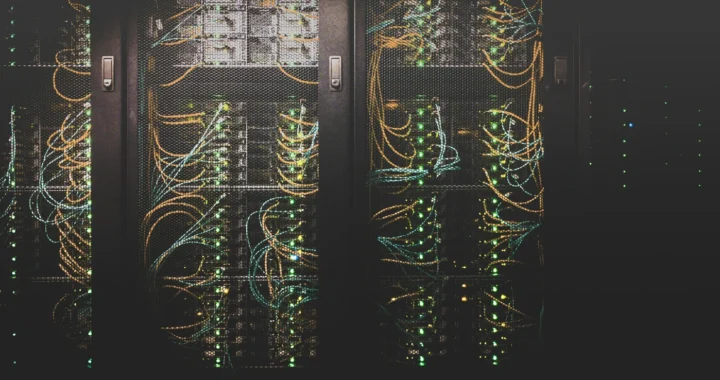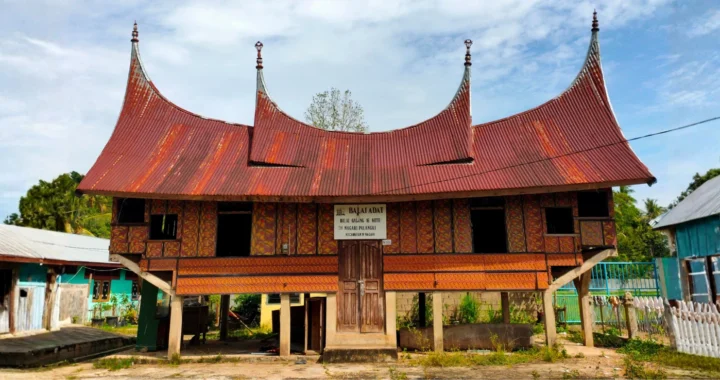Mainstreaming Renewable Energy for All with Community Solar

Photo by Red Zeppelin on Unsplash
With the planet getting hotter and hotter, a transition to clean, renewable energy systems is urgent. The world has been looking to wind, solar, water, and even hydrogen as sustainable alternatives to generate electricity. While the renewable energy landscape is becoming more promising, persisting barriers hinder many from experiencing its benefits. In this light, community solar programs offer a way to make solar energy more accessible and affordable for all.
What Is Community Solar?
Community solar refers to a photovoltaic power station, a facility that uses solar power to provide electricity into the grid. A community solar facility – sometimes referred to as a solar farm or garden – is a way to expand access to the benefits of renewable energy.
From cost to building ownership, there are various barriers to installing solar panels on your own. However, in a community solar program, residents, businesses, and organizations can experience the advantages of solar energy by sharing the output of one large solar farm. Even though the facility is not actually sending direct solar power to your houses and buildings, you can benefit from it.
One way to do that is by purchasing a share of ownership of the solar farm and receiving credits or discounts on your electricity bill equivalent to your share. Another way is to subscribe to the program and receive fixed monthly electricity bill discounts.
Essentially, community solar enables more people to experience the economic and environmental benefits of renewable energy generation. Moreover, it contributes to realizing a diversified energy mix for a more resilient energy supply.
Implementation and Development
So far, community solar programs are widely available in the US, UK, and Canada. In the US, federal and state funding supports community solar projects, leading to significant growth. As of 2024, there is at least one solar farm in 44 states across the country.
Furthermore, they are still developing. Solar farms do not have to strictly use wide open land. Places like agricultural farms, abandoned factories, and capped landfills can be mixed-use spaces for community solar facilities.
In Austin, Texas, USA, the program includes offering customers an opportunity to host solar panels. The city’s utility company can help them install solar panels on their properties, like commercial rooftops and parking lots, to generate electricity for the grid and be compensated for it.
Renewable Energy for All
While global clean and renewable energy share rises, the World Energy Outlook 2024 by the IEA reveals, “Deployment is far from uniform across technologies and countries.”
Community solar projects are examples of multi-stakeholder public-private partnerships that can be scaled up and localized easily. They can be a way to mainstream renewable energy generation and usage for all. Ultimately, people-centered programs and innovations, such as ones that empower communities while accelerating just energy transition, are essential to sustainable development that leaves no one behind.

Join Green Network Asia Membership
If you find this content useful, support Green Network Asia’s movement to create positive impact for people and the planet through public education and multi-stakeholder advocacy on sustainability-related issues and sustainable development. Get exclusive benefits for personal and professional development as well as for organizational capacity development.
Become a Member Now
Nazalea Kusuma
Naz is the Manager of International Digital Publications at Green Network Asia. She is an experienced and passionate writer, editor, proofreader, translator, and creative designer with over a decade of portfolio. Her history of living in multiple areas across Southeast Asia and studying Urban and Regional Planning exposed her to diverse peoples and cultures, enriching her perspectives and sharpening her intersectionality mindset in her storytelling and advocacy on sustainability-related issues and sustainable development.


 An Interview with Eu Chin Fen, CEO of Frasers Hospitality
An Interview with Eu Chin Fen, CEO of Frasers Hospitality  The UK Government’s Funding Package Plan to Tackle Youth Unemployment
The UK Government’s Funding Package Plan to Tackle Youth Unemployment  Understanding the Dark Side of Artificial Intelligence
Understanding the Dark Side of Artificial Intelligence  Attempting Data Center Circularity Through Waste Heat Recovery
Attempting Data Center Circularity Through Waste Heat Recovery  Indigenous Knowledge and Art as Integral Instruments for Disaster Risk Reduction
Indigenous Knowledge and Art as Integral Instruments for Disaster Risk Reduction  Strengthening Societal Resilience in the Age of Disruptions
Strengthening Societal Resilience in the Age of Disruptions